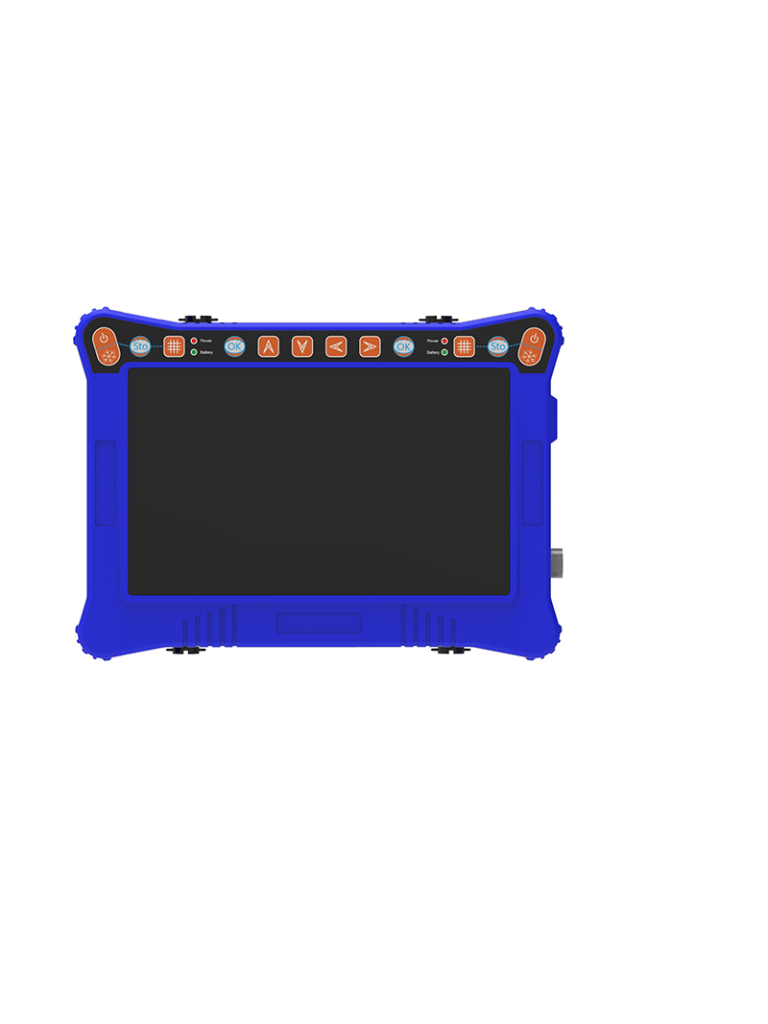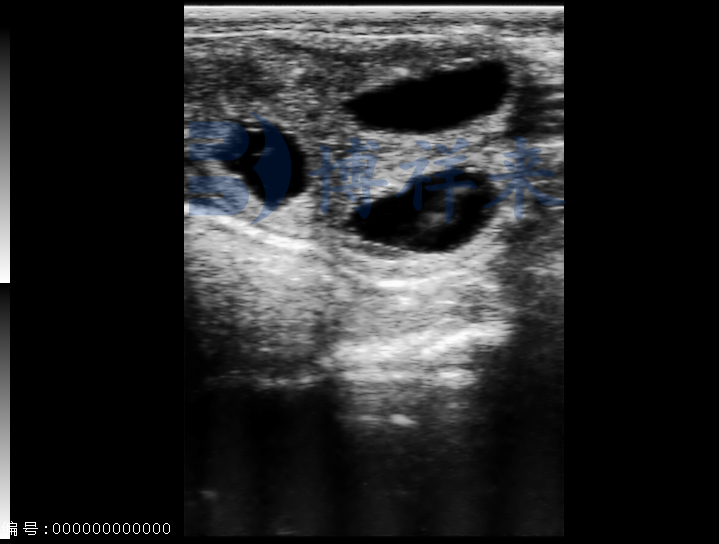How to Become a Certified Veterinary Ultrasound Technician
Ultrasound technology has become an essential tool in modern veterinary medicine, providing real-time, non-invasive imaging that helps diagnose a wide range of conditions in animals — from cattle and pigs to horses, sheep, and even camels. If you’re passionate about animal health and technology, becoming a certified veterinary ultrasound technician could be the perfect career path for you.
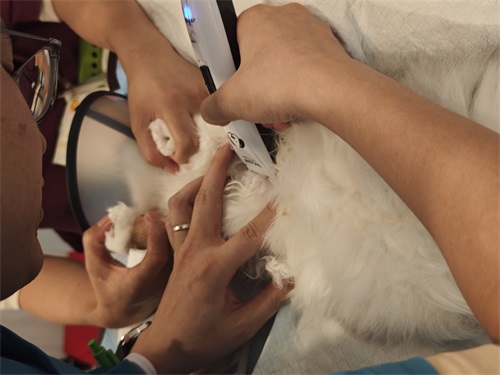
In this article, we’ll walk you through the steps you need to take, the skills you’ll need to master, and what to expect from this rewarding profession.
1. Understand the Role of a Veterinary Ultrasound Technician
Veterinary ultrasound technicians specialize in using ultrasonography to assist veterinarians in diagnosing internal medical conditions. This may include pregnancy detection, tendon evaluation, abdominal scans, and cardiac assessments in a variety of animal species.
The technician’s responsibilities typically include:
-
Operating and maintaining ultrasound equipment
-
Preparing animals for procedures
-
Capturing clear and diagnostic images
-
Assisting veterinarians in interpreting images
-
Maintaining detailed patient records
Ultrasound technicians often work in veterinary clinics, animal hospitals, specialized equine or livestock practices, and even mobile veterinary units that serve farms and ranches.
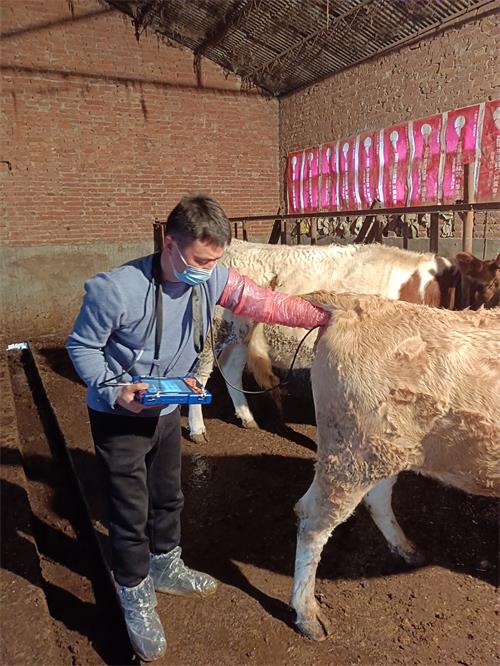
2. Obtain the Necessary Education
While requirements can vary by region, most veterinary ultrasound technicians begin by earning an associate’s or bachelor’s degree in veterinary technology, animal science, or a related field. Coursework typically includes:
-
Veterinary anatomy and physiology
-
Radiology and imaging principles
-
Animal husbandry and handling
-
Medical terminology
-
Ethics and legal responsibilities
Some colleges and technical schools offer specialized training programs specifically in veterinary sonography, which can greatly enhance your employability.
3. Get Hands-On Experience
Practical experience is crucial. During your education, you should seek internships or externships where you can practice performing ultrasound examinations under the supervision of experienced professionals.
If possible, try to gain experience with a variety of animals:
-
Large animals: cattle, horses, camels
-
Small animals: dogs, cats
-
Farm animals: pigs, sheep, goats
The more diverse your experience, the more valuable you will be to employers — especially those in mixed animal practices or rural settings.
4. Achieve Certification
Certification helps prove your skills and dedication to the field. In the United States, two common pathways include:
-
The American Registry for Diagnostic Medical Sonography (ARDMS): Offers specialized credentials but often focuses on human medicine. However, some veterinary ultrasound professionals hold ARDMS credentials and supplement with veterinary-specific training.
-
The American College of Veterinary Radiology (ACVR) and International Veterinary Ultrasound Society (IVUSS): These organizations promote education and credentialing for veterinary ultrasound professionals.
Specific veterinary ultrasound certification programs, such as those offered by the Academy of Veterinary Imaging, provide hands-on training and testing specifically for animal imaging.
Always check local regulations, as certification requirements can vary between countries and states.
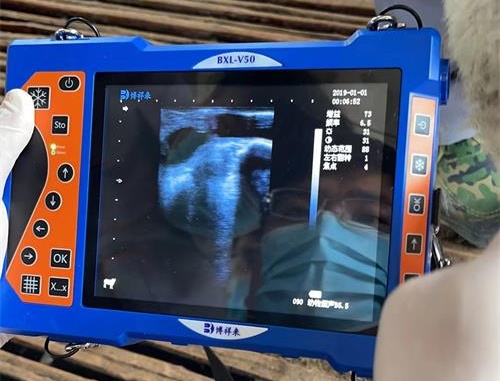
5. Continue Your Education and Specialize
Ultrasound technology evolves rapidly, and staying current is critical. Many technicians choose to specialize further, focusing on areas such as:
-
Equine sports medicine (evaluating tendons and ligaments in horses)
-
Bovine reproduction (early pregnancy detection in cattle)
-
Small animal internal medicine (abdominal and cardiac imaging in dogs and cats)
Continuing education courses, workshops, and conferences provide opportunities to learn about the latest techniques, equipment, and best practices.
6. Develop Key Skills
Aside from technical knowledge, successful veterinary ultrasound technicians typically excel in the following areas:
-
Animal handling skills: Comfortably restraining animals with minimal stress
-
Attention to detail: Capturing clear, diagnostic images
-
Communication: Explaining procedures clearly to veterinarians and clients
-
Problem-solving: Adjusting techniques based on different animals and conditions
-
Physical stamina: Handling large animals like cows or horses often requires physical strength and endurance
7. Find Employment and Build Your Career
Once certified, you can seek employment in various settings:
-
Veterinary clinics and hospitals
-
Livestock farms and breeding operations
-
Equine sports medicine facilities
-
Mobile veterinary ultrasound services
-
Research institutions or universities
As you build experience, you may have opportunities to train other technicians, manage imaging departments, or even start your own mobile ultrasound service, providing services directly to farms and rural communities.
Conclusion
Becoming a certified veterinary ultrasound technician is a rewarding journey that combines a love for animals with advanced imaging technology. Whether you’re diagnosing pregnancy in a dairy cow, evaluating heart conditions in a racehorse, or assisting in surgery prep for a camel, your skills will make a critical difference in animal health care.
With dedication, proper training, and a commitment to continuous learning, you can build a meaningful and exciting career in veterinary ultrasonography.

